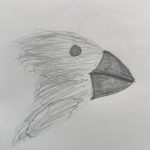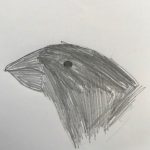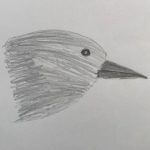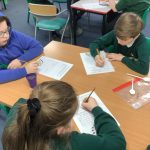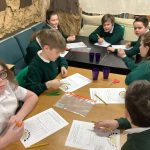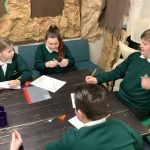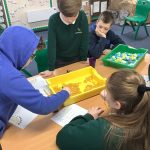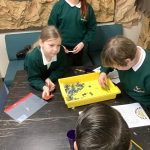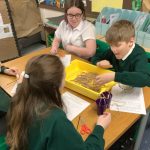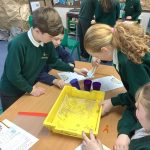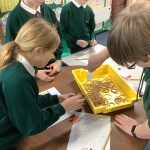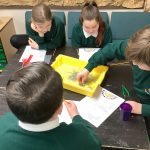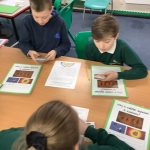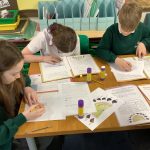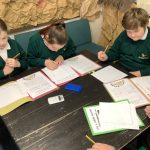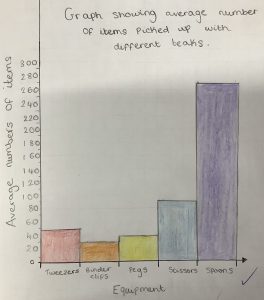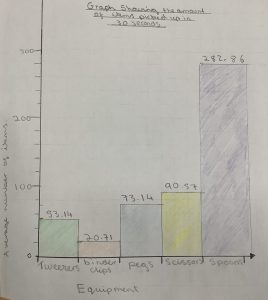On Monday this week we looked at the work that Charles Darwin did in regards to the finches that were living on the Galápagos Islands; a small group of islands off the coast of South America. Darwin noticed that many of these birds looked very similar to those on the mainland but all had beaks of a different shape and size. This led Darwin to conclude that the beaks of these birds had all adapted and changed based on the food available to them on each of the different islands.
We then decided to carry out an experiment to test which type of beak would be the most suitable for each different food type. To test this, we decided to use five different pieces of equipment to represent the different ‘beaks’; tweezers, binder clips, pegs, scissors and spoons. We chose seven further items to represent our different food types. Before starting the experiment, we had to write our hypothesis. The children each made a prediction as to what they thought would happen.
After making our predictions, we then carried out the test. The children had to work as a group to see how many of each item they were able to pick up in 30 seconds. To ensure it was a fair test, each child used their own piece of equipment for each of the different food items. They then recorded their results in a table.
Once the experiment had been completed, the children then wrote their conclusions, which explained their findings and any results which stood out to them. Many of the children began to realise that certain pieces of equipment were better suited to picking up different types of food, similar to how Darwin has theorised when saying that the birds had adapted to suit the different food types available to them. Finally, we were able to work out the average number of items picked up by each piece of equipment, before presenting this data using a bar chart.

